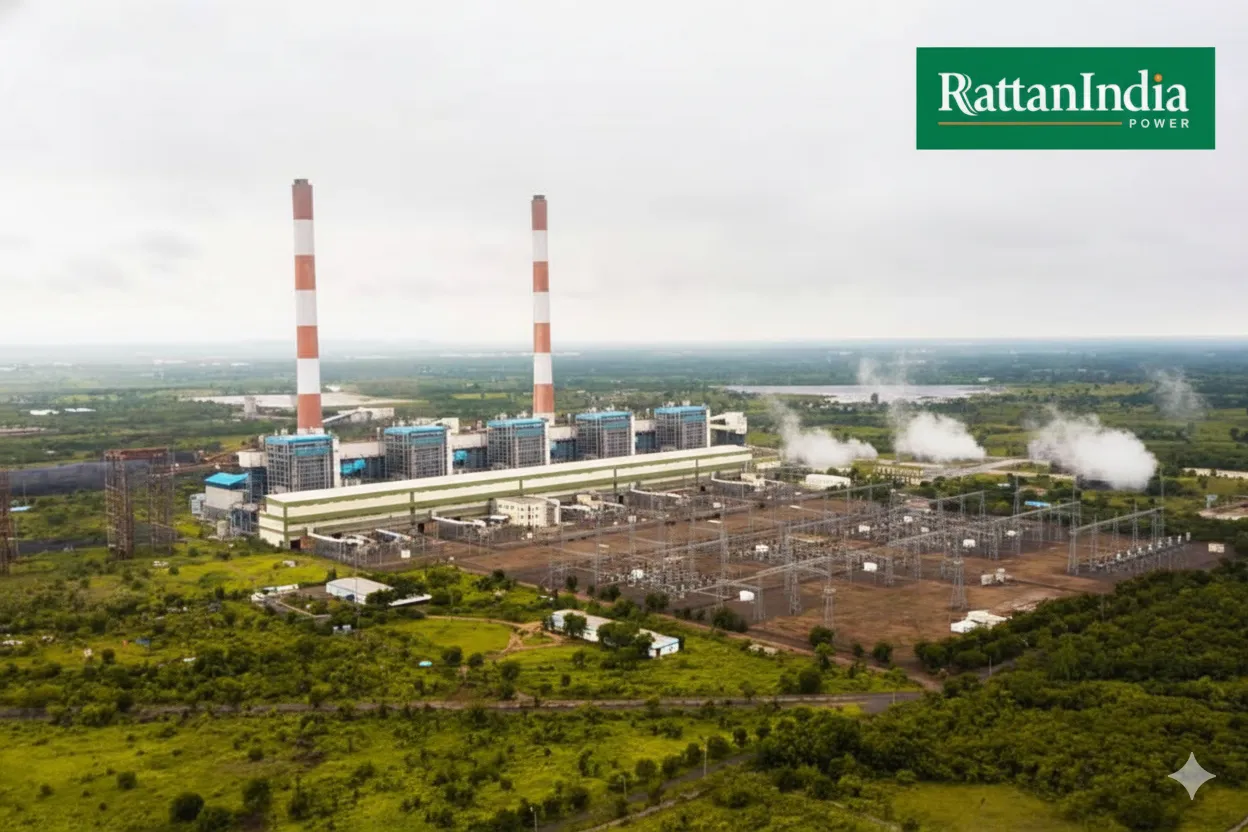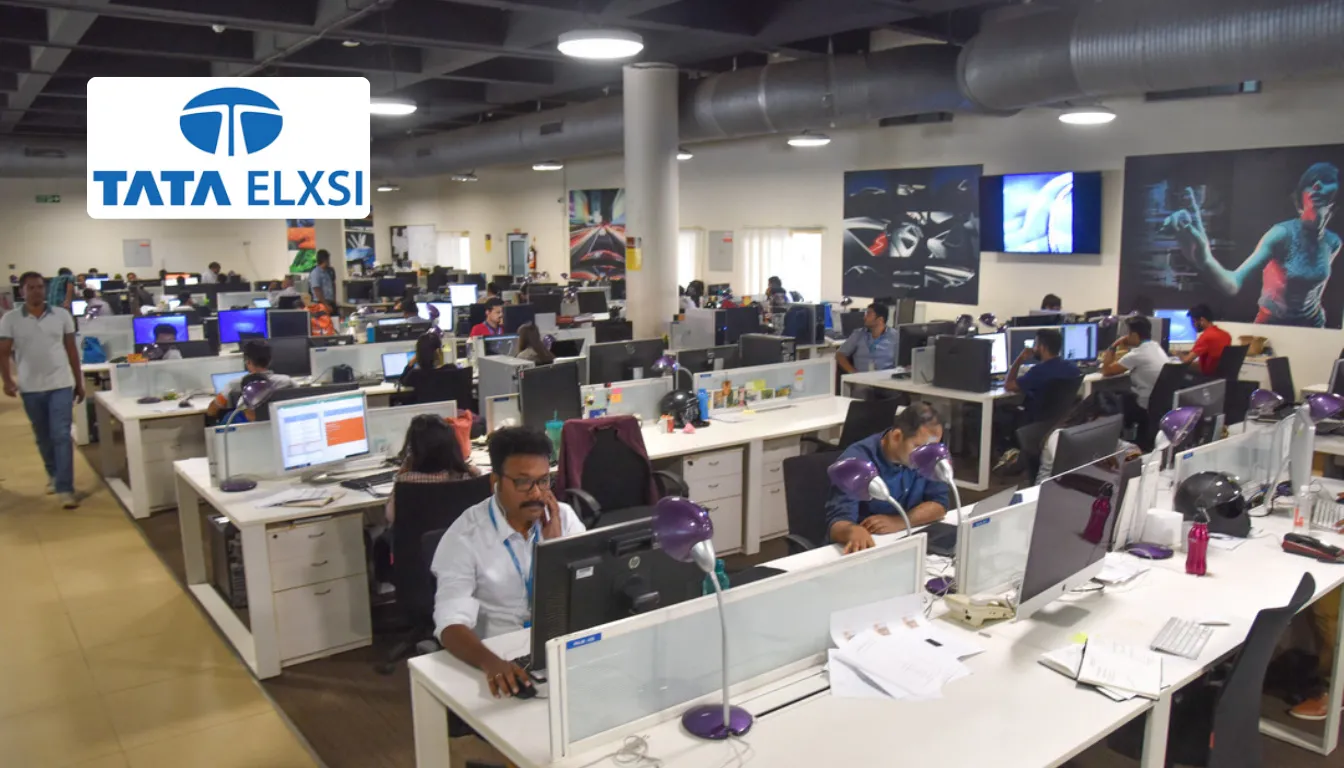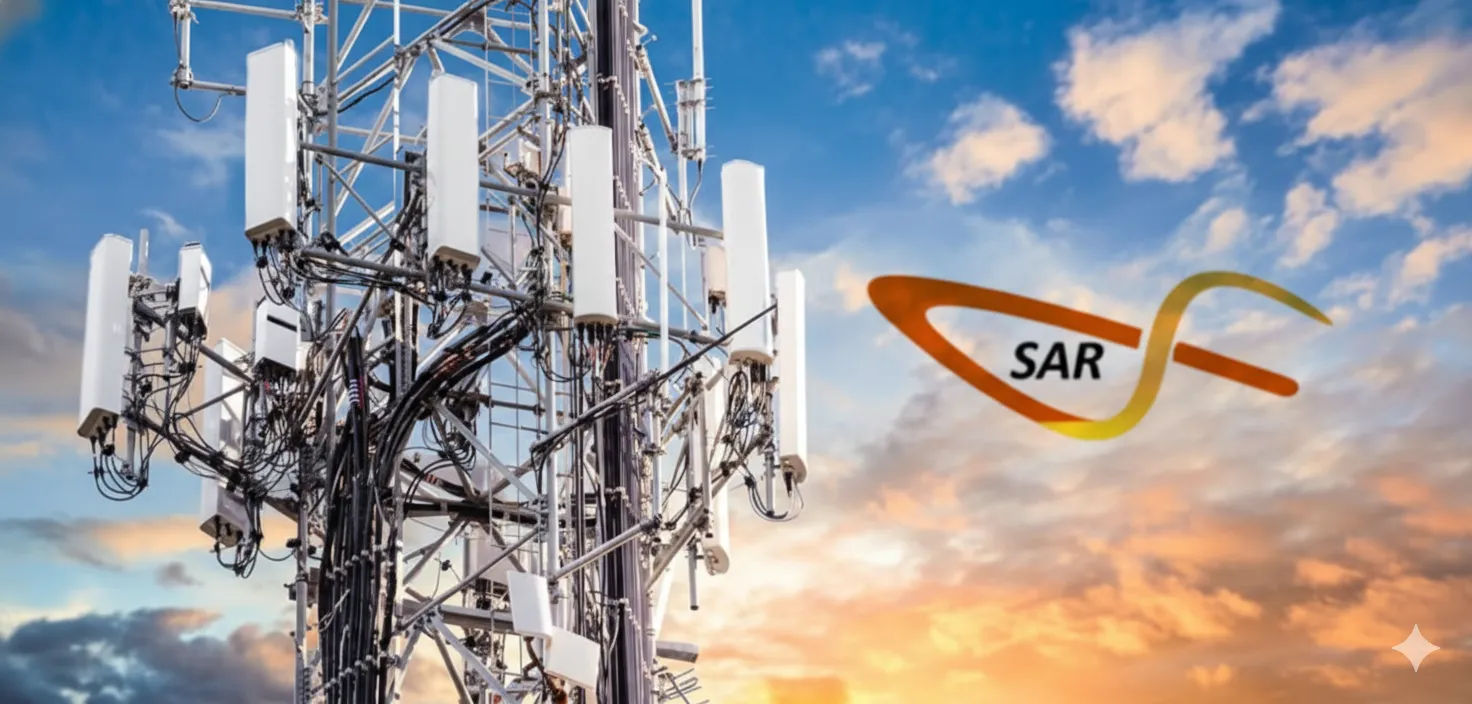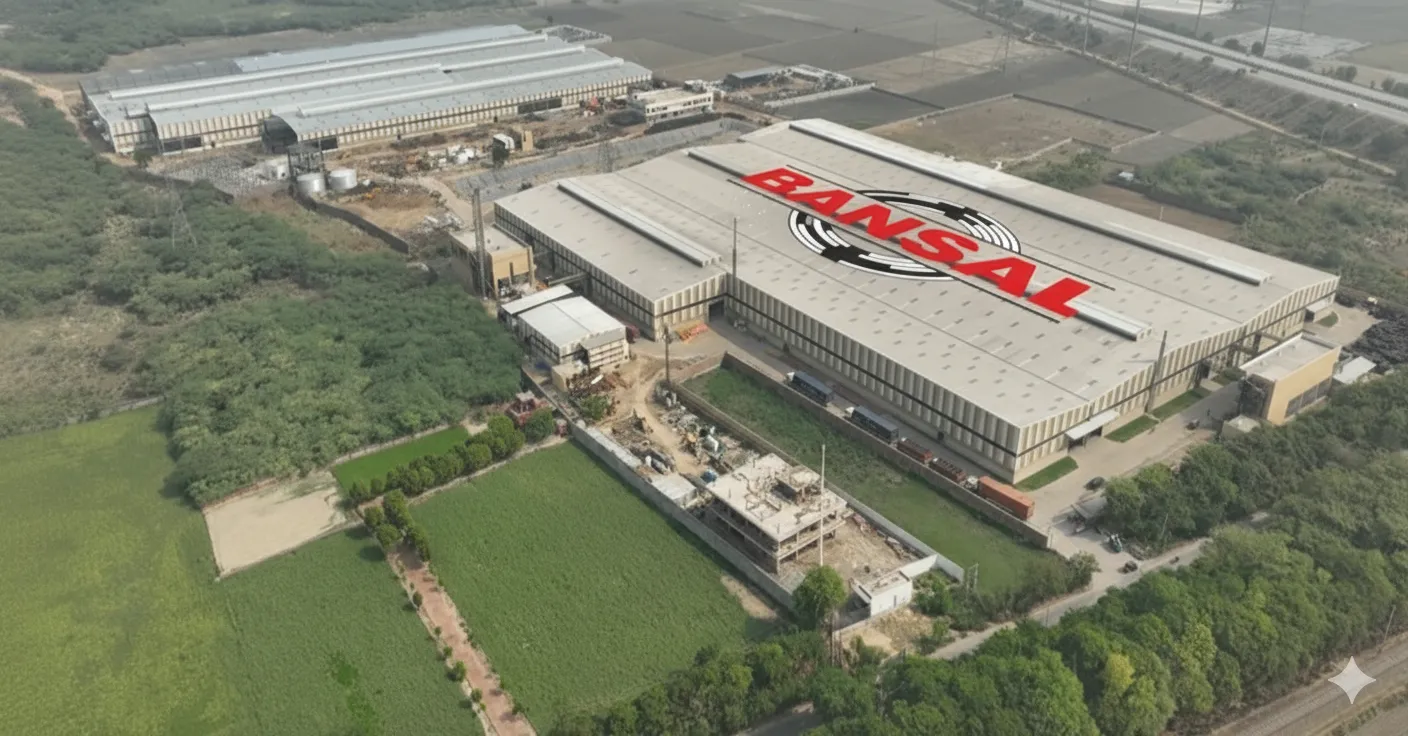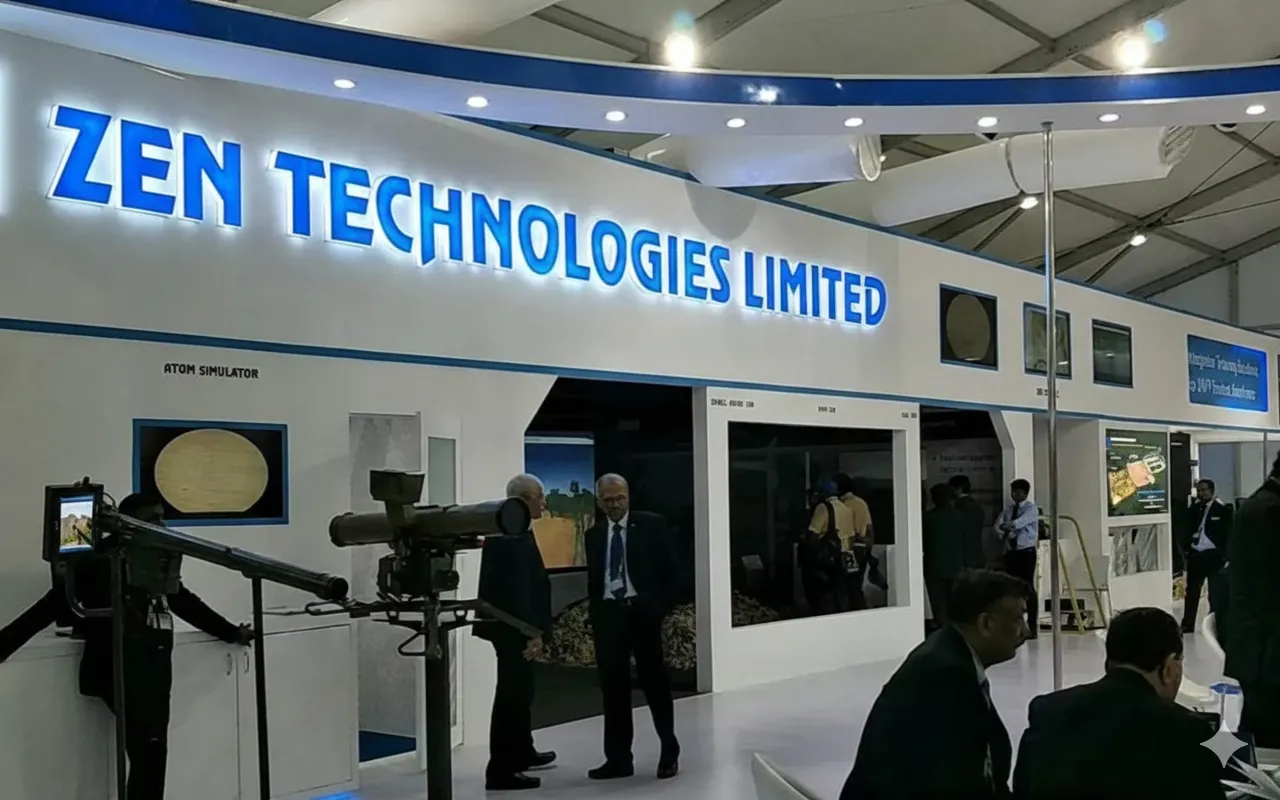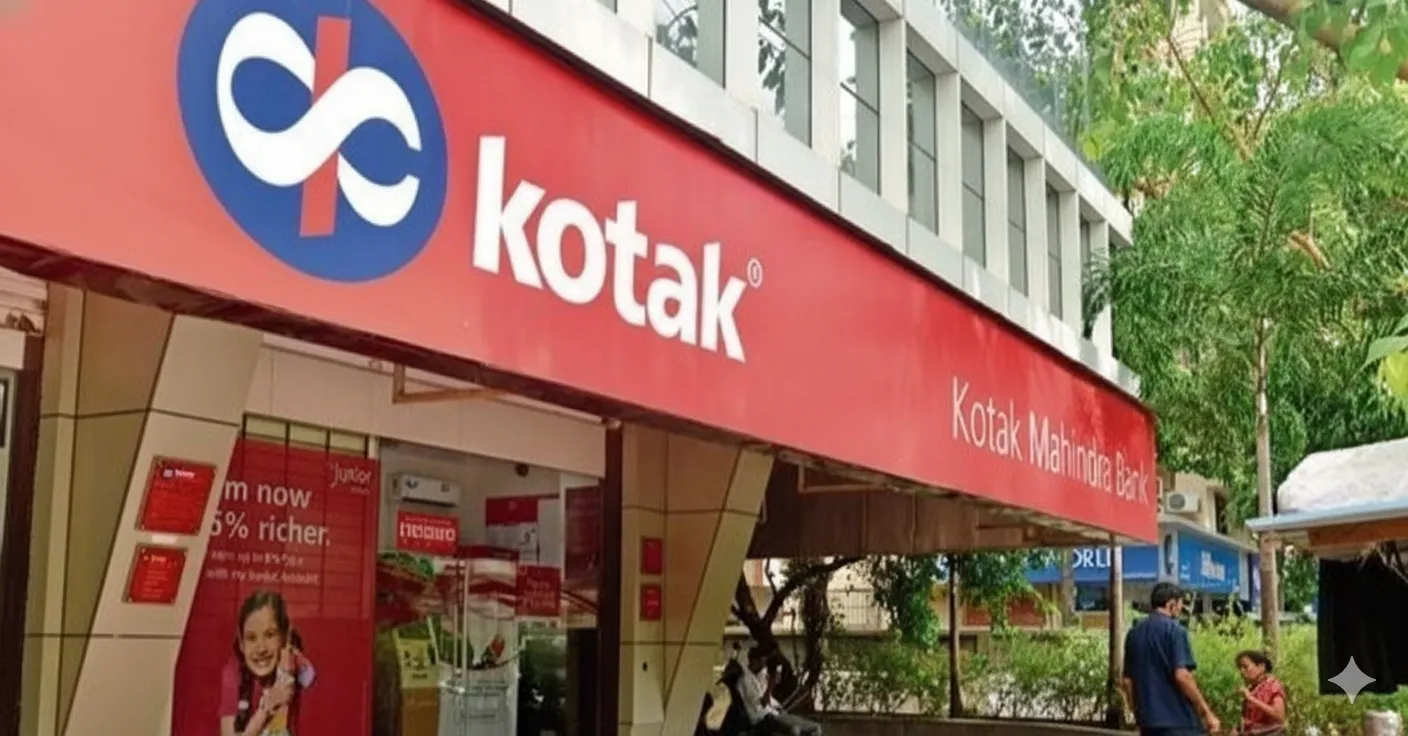RattanIndia Power Ltd (NSE: RTNPOWER) is back in focus as investors take interest in its remarkable turnaround story within India’s power sector. After years of challenges, the company has managed to cut down its heavy debt load and return to profitability. As of October 2025, Rattan Power’s share price trades around ₹11.04 — marking a strong 63% rise over the past three years, driven by improving operations, rising electricity demand, and better financial control.
However, the stock still carries risks. High promoter pledging (around 88.6%) and thin profit margins make it a volatile pick for investors. Yet, with India’s growing energy needs and the ongoing shift toward cleaner power, many are watching closely to see if Rattan Power can evolve from a debt-heavy utility into a stable, long-term growth story.
In this article, we’ll explore RattanIndia Power’s fundamentals, financial trends, and detailed share price targets from 2025 to 2050 — along with the key factors that could shape its performance in the coming years.
About the Company
Founded in 2007, RattanIndia Power Ltd is one of India’s largest private thermal power generation companies, operating 2,700 MW of coal-based power capacity across Amravati and Nashik plants in Maharashtra. The company primarily serves state electricity boards and distribution utilities through long-term Power Purchase Agreements (PPAs).
While thermal power remains its core, Rattan Power is exploring renewable energy opportunities to align with India’s net-zero targets. Its focus areas include improving plant efficiency, reducing debt, and optimizing fuel costs — all key to achieving long-term profitability.
Fundamental Analysis
Revenue & Profit Trends
FY2025 marked a steady recovery phase:
- Total Revenue (FY25): ₹3,283.83 Cr
- Net Profit (FY25): ₹221.92 Cr (vs. ₹-1,869.85 Cr loss in FY2023)
- EPS: ₹0.41
- EBITDA: ₹237 Cr (Q2) — up sharply due to cost optimization.
Quarterly Performance (FY2025):
| Quarter | Revenue (₹ Cr) | Net Profit/Loss (₹ Cr) | YoY Change |
|---|---|---|---|
| Q1 FY25 | 824 | -13.11 | -7.5% QoQ |
| Q2 FY25 | 771–888 | Turnaround | +11.5% |
| Q3 FY25 | 888 | +4.33 | Positive |
| Q4 FY25 | 936.25 | +126 | +2.44% |
| Full FY25 | 3,283.83 | +221.92 | Profitable |
Key Insight: Revenue growth and debt reduction have brought stability, although margins remain thin due to high interest costs.
Valuation Metrics
| Metric | Value | Remarks |
|---|---|---|
| P/E Ratio | 71.47 | High; reflects turnaround expectations |
| ROE | 4.84% | Improving, but still below peers |
| P/B Ratio | 1.17–1.30 | Undervalued on asset base |
| Debt-to-Equity | 0.71 | Reduced from 2.5x (FY23) — major improvement |
| EV/EBITDA | ~11.9 | Near industry fair value |
Balance Sheet Strength (FY25)
| Key Item | Value (₹ Cr) | Trend |
|---|---|---|
| Total Assets | ~15,500 | +5–10% YoY |
| Debt | ₹3,463 | Down 70% from 2023 |
| Equity | ~₹5,500 | +20% (profit addition) |
| Cash & Equivalents | ₹500–700 | Improved liquidity |
| Interest Coverage | 1.5x | Still low but rising |
Analysis: The company’s debt reduction is its biggest positive. Once interest costs normalize, margins could improve significantly.
Shareholding Pattern (as of Oct 2025)
- Promoters: 44.06% (88.6% pledged)
- FIIs: 5.01%
- DIIs: 6.88%
- Public & Others: 44.05%
High pledging remains a major investor concern despite improving fundamentals.
Past Stock Performance
RattanIndia Power has delivered +62.79% returns in the last three years, driven by a turnaround in FY25 and debt restructuring. The stock, however, remains far below its historical highs due to muted profitability. It currently trades between ₹10–₹12, with a 52-week high of ₹17.19 and a low of ₹6.50, reflecting both opportunity and risk for investors.
RattanIndia Power Share Price Target (2025–2050)
| Year | Minimum (₹) | Average (₹) | Maximum (₹) |
|---|---|---|---|
| 2025 | 10 | 15 | 28 |
| 2026 | 14 | 20 | 35 |
| 2027 | 18 | 27 | 45 |
| 2028 | 22 | 33 | 55 |
| 2029 | 26 | 39 | 65 |
| 2030 | 30 | 45 | 75 |
| 2035 | 100 | 135 | 250 |
| 2040 | 150 | 200 | 750 |
| 2045 | 250 | 365 | 380 |
| 2050 | 350 | 500 | 2,000 |
RattanIndia Power Share Price Target & Prediction 2025, 2026, 2027, 2028, 2029, 2030, 2035, 2040, 2045, and 2050
RattanIndia Power Share Price Target 2025
Gradual growth is expected as revenue stabilizes post-turnaround. The focus will be on debt repayment and steady capacity utilization. Target: ₹10–₹28.
RattanIndia Power Share Price Target 2026
Debt reduction continues, improving the balance sheet. With better cash flow and PPA efficiency, the stock could rise to ₹20–₹35.
RattanIndia Power Share Price Target 2027
Operational utilization at ~80% and stronger power demand may support earnings momentum. Target range: ₹27–₹45.
RattanIndia Power Share Price Target 2028
Renewable expansion and favorable government policies could lift valuations. Price range: ₹33–₹55.
RattanIndia Power Share Price Target 2029
Further cost efficiencies and better credit ratings could attract institutions. Expected range: ₹39–₹65.
RattanIndia Power Share Price Target 2030
If the company sustains a CAGR of ~20–25%, shares may trade near ₹45–₹75. Renewables and steady margins will be key.
RattanIndia Power Share Price Target 2035
Assuming diversification success and continuous power demand growth, prices could rise to ₹100–₹250.
RattanIndia Power Share Price Target 2040
India’s energy transition and green initiatives could transform Rattan Power into a hybrid (thermal + renewable) entity. Target: ₹150–₹750.
RattanIndia Power Share Price Target 2045
Sustained innovation, exports, and financial stability could make Rattan Power a strong energy player. Target: ₹250–₹380.
RattanIndia Power Share Price Target 2050
Under a bullish scenario with consistent 20–25% CAGR, the stock might reach ₹500–₹2,000, turning into a potential multibagger over 25 years.
Growth Drivers
- Debt Reduction: Over 70% debt cut since 2023 — improving profitability.
- Power Demand Growth: India’s electricity demand up 8% YoY supports higher utilization.
- Policy Support: Government push for reliable power supply and private participation.
- Operational Efficiency: Improved cost structure and higher plant load factor (PLF).
- Renewable Transition: Exploring solar and hybrid energy integration.
- FII Interest: Foreign investors increasing stake — confidence in turnaround.
Expert Views
- Analyst Consensus: Mixed-to-Positive; price targets between ₹15–₹30 for FY2026.
- WalletInvestor Projection: ₹30 by 2030 (+86% from current).
- Market Sentiment: Improving, given falling debt and strong operational recovery.
- Broker Insights: “Rattan Power could deliver strong upside if promoter pledging issues are resolved and profitability remains stable.”
Risks & Challenges
- High Promoter Pledging (88.6%) — a key red flag.
- Low Profit Margins — limited cushion for downturns.
- Coal Dependency — vulnerable to price volatility and ESG restrictions.
- Competition — from Adani, Tata, and JSW Energy.
- Regulatory Uncertainty — evolving norms around renewable transition.
Investment Suitability
RattanIndia Power may suit:
- Aggressive investors seeking potential multibagger opportunities.
- Medium-term traders expecting cyclical recovery in the power sector.
- Long-term investors willing to hold through volatility for 10–20x potential over 20 years.
Conservative investors should wait for sustained profitability and reduced promoter pledging before entry.
FAQs
1. What will be RattanIndia Power’s share price in 2030?
By 2030, RattanIndia Power’s share price is expected to range between ₹30 and ₹75, depending on growth in revenue, debt reduction, and renewable transition progress.
2. Can RattanIndia Power reach ₹50 by 2028?
Yes, under a strong recovery and market optimism, it could touch ₹50–₹55 by 2028.
3. Is RattanIndia Power a good long-term investment?
It holds long-term potential, especially if the company maintains profitability and expands into renewables. However, investors must be prepared for high volatility.
Conclusion
RattanIndia Power stands at a crucial point in its revival story. With a leaner balance sheet, renewed profitability, and rising energy demand, the company is regaining investor confidence.
Still, high promoter pledging and dependence on thermal power pose risks. For investors with patience and risk tolerance, Rattan Power could turn into a strong turnaround play in India’s growing energy landscape by 2030–2050.
